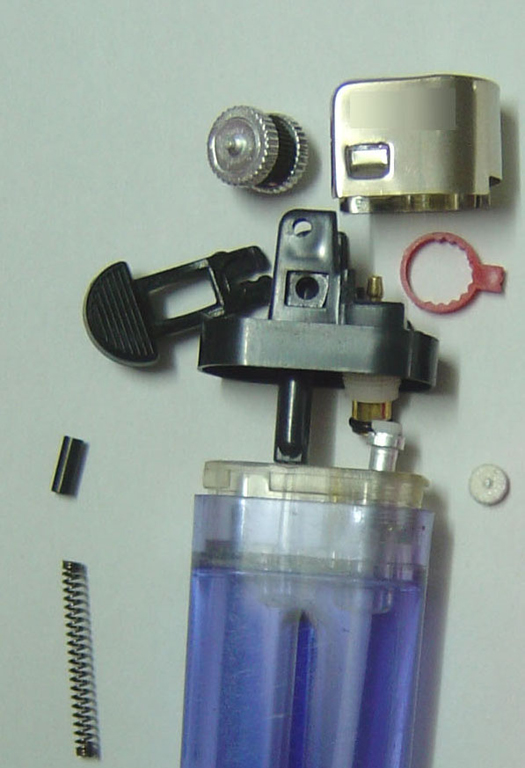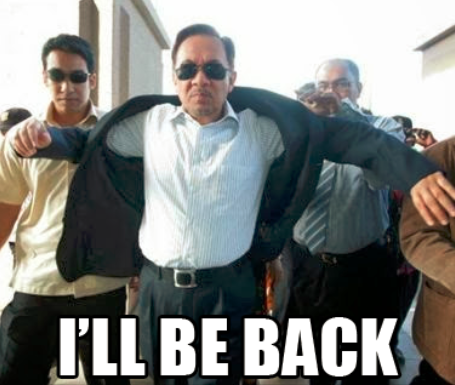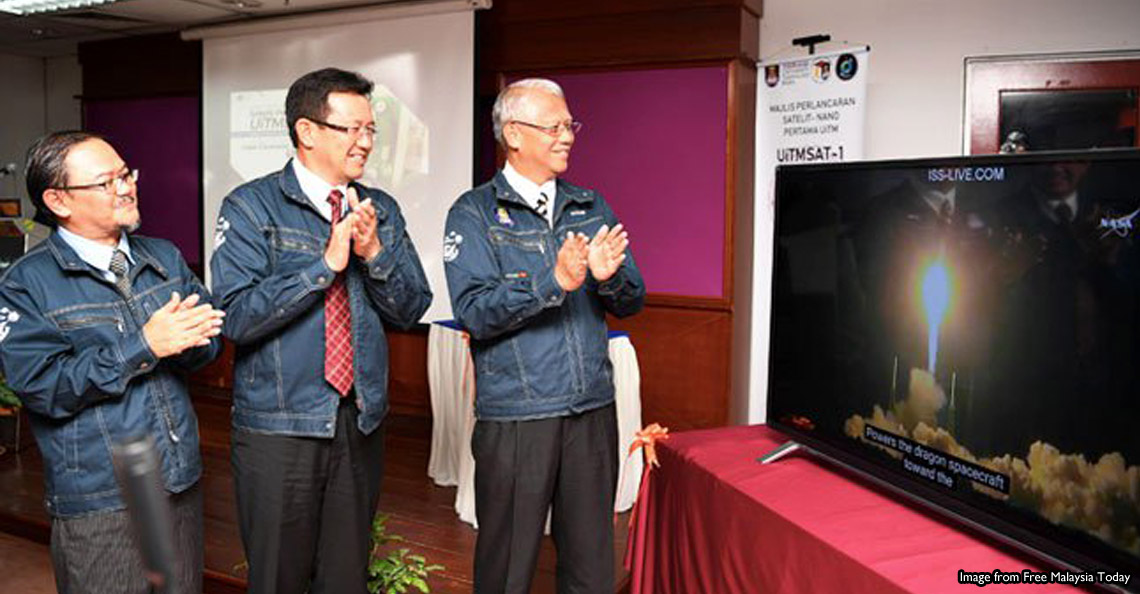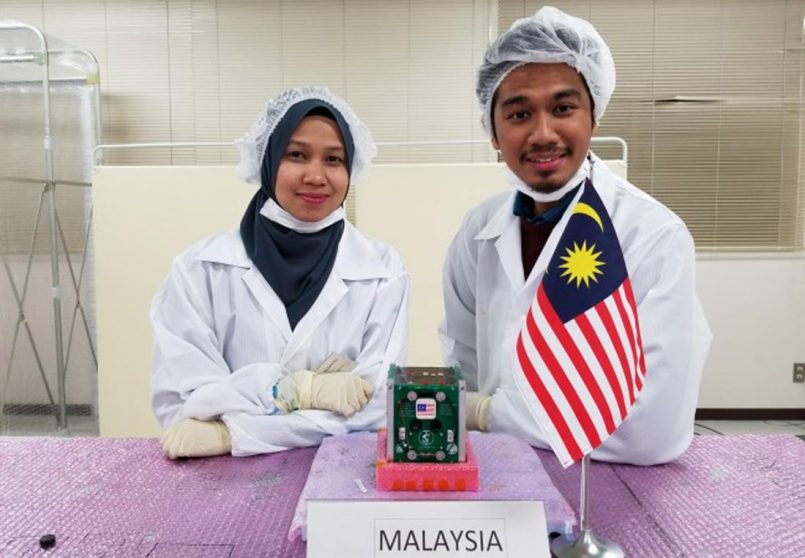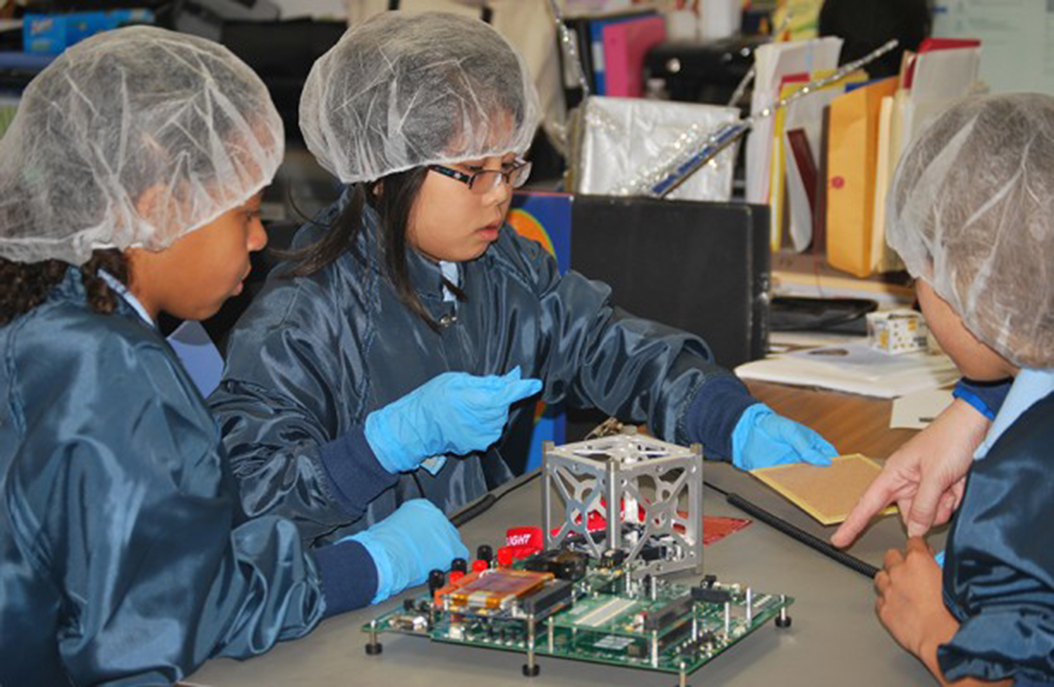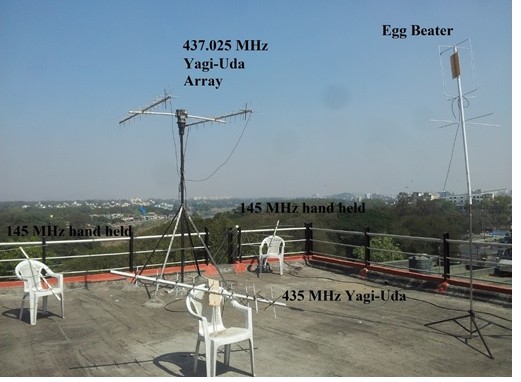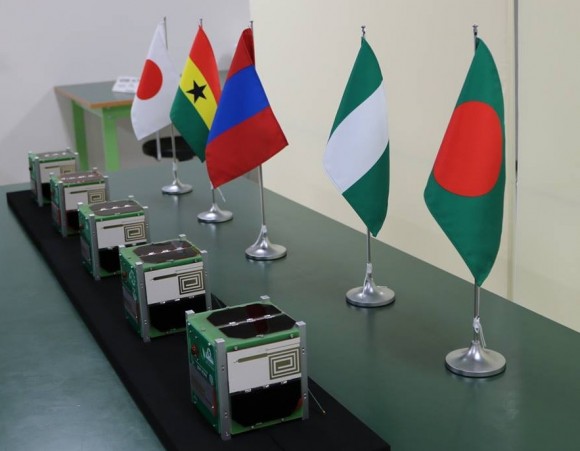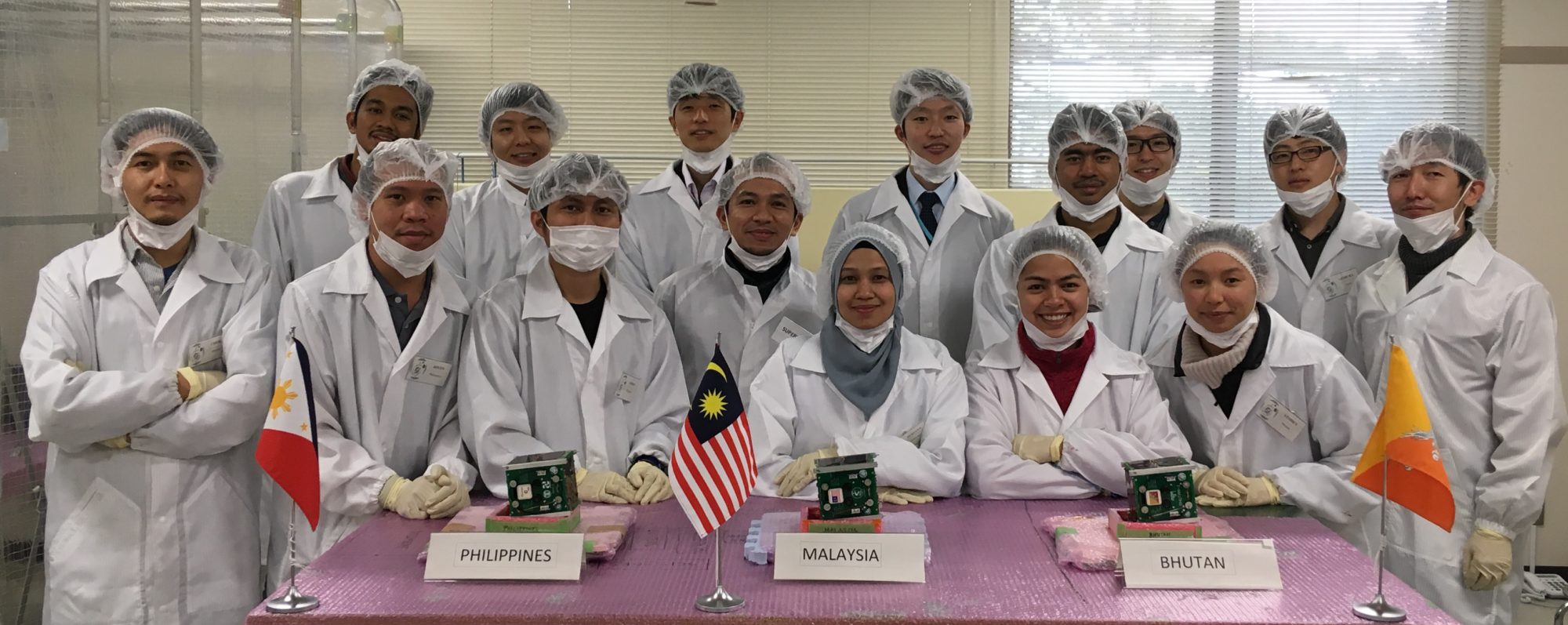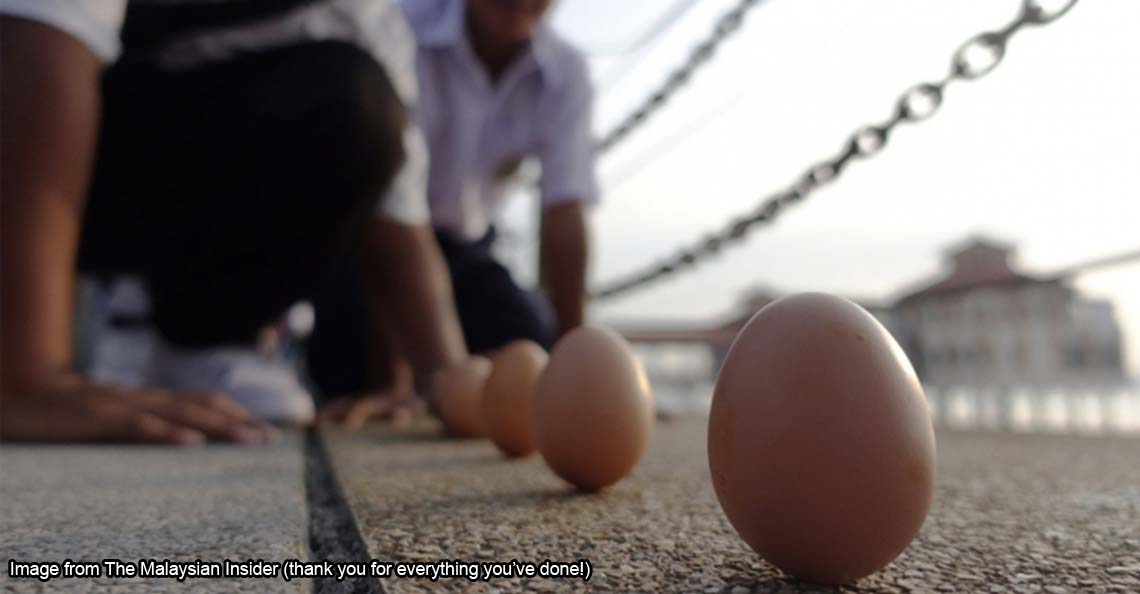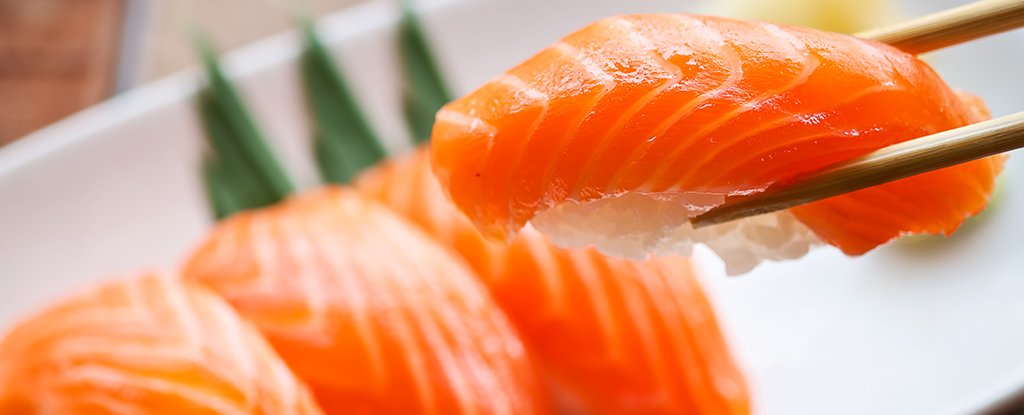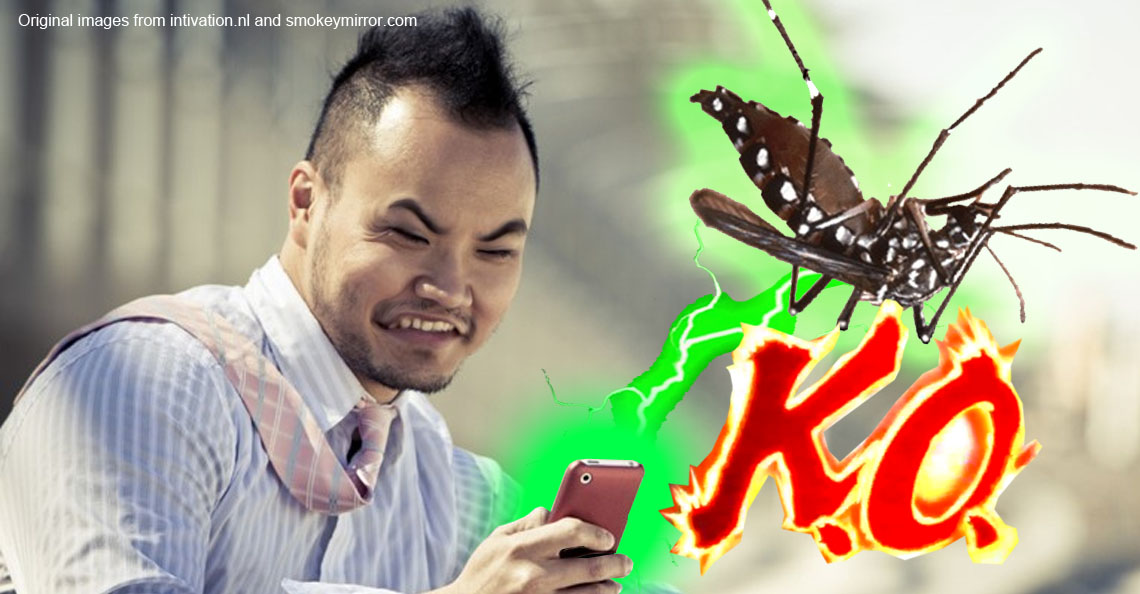CILISOS has made several articles talking about
Malaysian prison in the past, which were quality, but at the end of the day, it’s hard to actually capture what life is really like inside there if you’ve
never actually been kept there as an inmate. So, given that I was
incarcerated in Sungai Buloh Prison for the last 2 years, and that
some of Malaysia’s most prominent people are facing time themselves, I thought I’d lend some perspective and insight into
what reallyyyy goes on inside prison.
I have also chosen to remain anonymous for the time being as the case is actually technically still not finished (since 2016 and running!), though I’ll be more open about it once it does. So, you’ve seen the movies. The TV shows. Shawshank Redemption, The Green Mile, Orange is the New Black and whatnot. But how different is Malaysian prison life as compared to what you see on mainstream media?
Veryyyyy different, as it turns out.
For instance, have you ever wondered what happens in the daily life of a Malaysian prison inmate? What we get up to when boredom hits or, to use an old prison expression, ‘muster tak correct’? How inmates light their cigarettes when their lighters run out of gas? Or the tactics prisoners employ to fool the guards?
I’ve combined my own experiences, and some of another former prisoner, Tan (not his real name) to shed some light behind the bars. It sounds crazy, but there are in fact
many, many others who are
still being remanded there after several years for offences with no bail, such as murder, rape and drug trafficking. Also,
not everyone who has been accused and remanded actually did anything wrong… just ask
Siti Kasim.
So imagine one day you’re just minding your own business, and suddenly you’re being arrested and accused in court. Before you know it, you’re boarding an overcrowded PDRM lori ayam along with other OKTs (orang kena tuduh/accused) en route to the very-uncomfortable Sungai Buloh Prison, where you’ll be remanded until your case runs in court.

“Can pass the lighter ah bro?” Image from pahang-ku.blogspot.com
And once you arrive, you’ll quickly learn that in prison, people do things a lot differently than you’d be used to outside. Let’s start with something a bit lighter…
1. Malaysian prisons have their own brand of goods
That’s right! Jabatan Penjara actually markets products under their brand ‘Kopen Maju Sdn. Bhd.’!

Image from kopen.com.my
Kopen, which is a combination of the words ‘Koperasi Penjara’, is exactly what its name suggests: a prison corporation which re-packs and sells products from mainstream private corporations (through mutual agreement), as well as its own products in a way that is suitable for prison. These include:
- Chocolate malt powder in clear plastic packs (‘Kopen 3-in-1 Chocomalt’)
- Instant noodles
- Clear PVC slippers
- Assorted biscuits
- Clothes
- Coffee (Kopen Cafe)
- Shampoo and soap
- Washing detergent
- Medicated Powder
- Finger toothbrushes
By re-pack, I mean pack it in a way that
prevents inmates from abusing the packages, as per prison guidelines. According to their website (which ugaiz can check out
here!), clear PVC slippers
prevents inmates from smuggling stuff in outside slippers, and all-plastic packaging ensures inmates don’t
use the foil as a ‘pot’ to smoke drugs.
Alongside
PERSIAP (essentially the
WAGs of prison employees), Kopen helps
make a few extra bucks on the side for the prison wardens, as well as making use of the inmate workforce to manufacture the products (not us, but only applicable to sentenced convicts and parolees).
2. The worst thing to be caught with in prison is… a handphone!?
Anyone who’s ever watched a good prison flick will know that illegal items will somehow find a way into prison. The most common contrabands are drugs and tobacco, which are both illegal in prison. But you’ll be surprised to know that the penalties for these, if any, are not as severe as being found in possession of an everyday item: a mobile phone. Caught with a small amount of weed in your room? Meh, who cares? But handphones…?

In fact, Jabatan Penjara actually has an
entire unit dedicated to preventing the entry of illegal items,
especially handphones. They’re called
UKP (Unit Kawalan dan Pencegahan/Prevention and Control Unit), and their duties range from conducting spot-checks, to zone patrols, and also, as their name suggests, breaking up fights or subduing unruly prisoners. Their duties aren’t just limited to within prison; they’re sometimes given outer escort duty, which means you probably saw these guys on TV when
Anwar first checked-in to prison, and also when he was released. They are easily identifiable by their
maroon berets and camo uniform.
Tan, an ex-inmate, elaborates:
“UKPs are feared and respected because of their role and duties inside. UKPs are the special ops team that handles the control of banned items, fights, riots and the flow of everyday activities. Prisoners have to go through a few processes of checking and which all are closely supervised by UKPs, and if caught, punished by them as well.”

Circled is a UKP in full tactical gear. Image from kosmo.com.my
(NOTE: The guys with
bright red berets are a separate elite unit called
TTC and are usually called upon to quell major riots. They were founded to prevent more events like the
1986 Pudu Jail Riot, which you can read about
here.)
Tan also recalls one of our scarier experiences with the UKP (yes, I was there too):
“One of the worst things to be caught with is a phone. We had a tip-off from some gang members that an ambush was about to take place that night. At 3 am in the morning, about 15 massive UKP guys in Counter-Strike style uniforms thrashed our already dark and unsanitary cell, literally turning everything upside down; what was dry became wet and clean became dirty. They found some weed and tobacco in our cell but just took it and left. However, they found a number of handphones belonging to that gang and beat the living crap out of our friends who were keeping them.” – Tan
But what exactly is these guys’ beef with handphones? Well, it turns out that a handphone is essential for drug businesses in prison, by way of ‘tembak akaun‘ (getting someone on the outside to bank-in money for a contraband purchase). Also, we guess phones with cameras threaten the reputation of the prison, as it allows for contact with the outside world, sometimes to plan horrible things.
“We later found out the reason for their operation: the gang I mentioned were planning a kill with their members outside through the use of phones.” – Tan
So, the policy regarding handphones in prison is: “before they give us trouble, get rid of them.”
3. Yes people do hide things in weird places

A spotcheck of prisoners at Rutan Trengallek – Via YouTube
Now, you may be wondering, “How do they even get all this stuff inside in the first place?!” The answer? A magical thing called the ‘rocket‘. Which is essentially sticking it where the sun don’t shine!
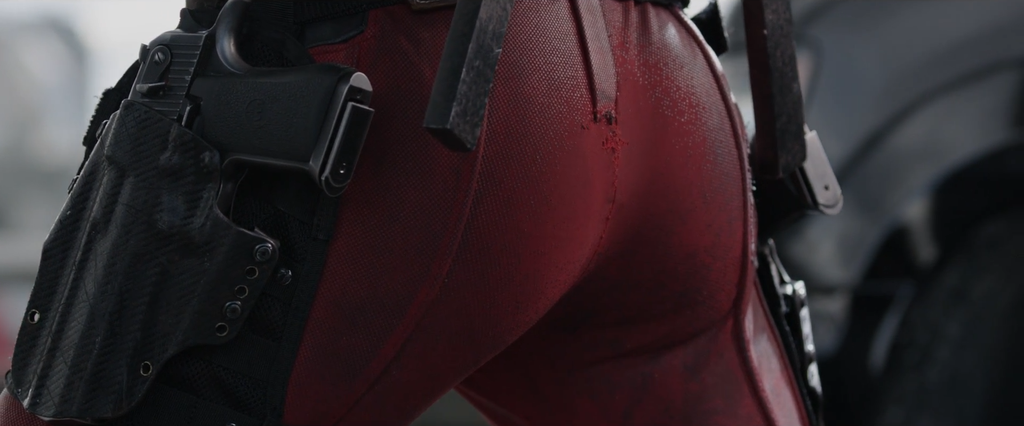
Where the sun don’t shine, courtesy of Your Friendly Neighbourhood Deadpool.
Yes, because of the lengthy scan process at the entrance, prisoners are forced to resort to swallowing and/or ‘rocketing‘. Definitely not for the faint-hearted.
“One of the most common ways is through compact sealing that specific item and swallowing and/or rocketing the item. Most of these items don’t go through unnoticed because of the stages of checks. Firstly, prisoners are required to be patted down from head to toe. Then, we move to naked checking, where we remove all our clothes to be checked. Finally, we go through an x-ray scan and, if not found with any banned items, moved back to block.” – Tan
The repercussions are brutal if any illegal item shows up in the scan. As Tan further explains:
“Prisoners who are caught with banned items (declared or not) are forced to poop it out and, if unable to are tagged as PENYU (because they haven’t laid their ‘eggs’). Penyus are beaten severely before they are isolated to the punishment block Tawakal (small cells) until they can ‘lay their eggs’. Most prisoners that carry large amounts of drugs try their best to get rid of their items unnoticed or withhold their drugs as long as possible until the UKP give up and release them. They do this because of their addiction to drugs and/or risk of being charged for drug trafficking. Penyus that are released from this process are then moved to block Damai where they are cramped into filthy cells for two weeks or until next court date as punishment.”
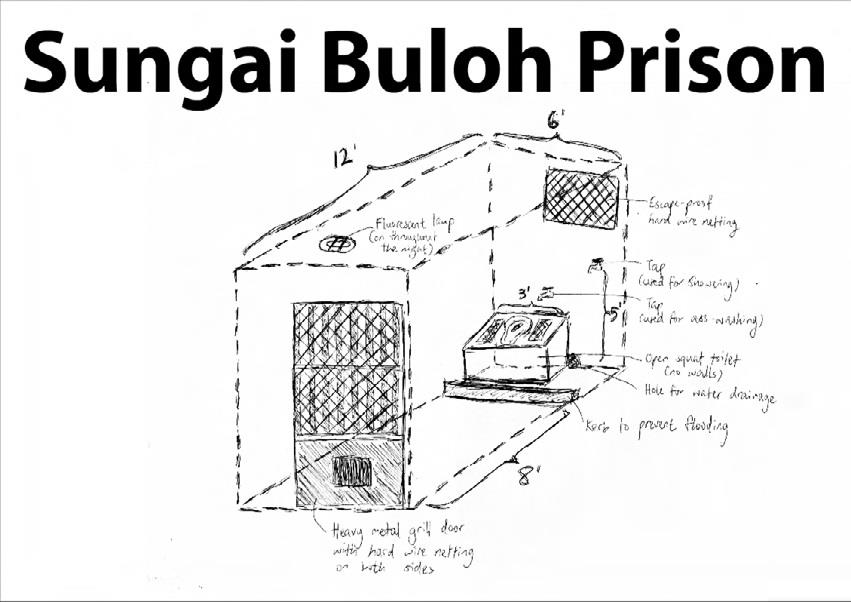
A sketch of the Tawakal cell, made by Alvin Tan (yes,
THAT Alvin Tan). Image from thestar.com.my
And that’s just the start of the ingenuity….
4. Prisoners have to resort to MacGyver-like tactics to survive
As you’d expect, it gets pretty boring when you’re stuck in a cell the whole day with nothing to do. Besides reading lots of books and smoking yourself to death, there’s really not a whole lot of activities to pass the time. However, with all this free time on our hands, prisoners actually develop ingenious ways of solving problems; an example of which I’ve just given you in the previous point. But besides rocketing/swallowing, what else do inmates get up to to pass the time? Here are some prison survival hacks to make you stand out as a true otai!
i. The Spark
“Because of the limited items found in jail to meet our habits and demands, there are a few skills commonly unknown for people that have never been to jail. One of the most important is the use of a lighter’s ‘spark‘ (the top part of the lighter, no gas required) and cotton from any source (usually denim jeans) to make fire. A spark is an absolutely essential tool (for smoking etc.) and big arguments can occur over these little things.” – Tan
Anatomy of a spark. You only need the housing (the black plastic thingy), roller, grindstone, and the spring to use this. Image from tradekey.com
ii. Pancing/’Fishing line’
By using this brilliant method, inmates can actually retrieve and deliver items to other cells, and even from one landing to another!
“Another would be the use of making and using a ‘pancing’ made from either torn clothes, blankets or stretched plastic bags to pass on anything to other prisoners next door, from one end of a block wing to the other end, or even from the 3rd floor down to the 1st floor! A small weight is attached at the end of this line and then tossed and deftly maneuvered to swing directly into one’s room via the barred window or door.” – Tan

Make your own pancing using this! Image from jayagrocer.com
iii. Charge handphones using… fluorescent lights?!!
You may have wondered how inmates charge their handphones in prison, given that there are no plug points to work from. The answer? A little Kemahiran Hidup know-how and ballz of steel!
“Phones are a risk to have but charging them is another. In jail, prisoners obviously don’t have access of wall sockets in their cells because of its many uses. The most common way prisoners charge phones is from the use of connecting the charger to electricity wires from the fluorescent lights inside the cells, pulling wires from lights outside the cell or from the CCTV cameras in the wings to charge the phone batteries. The wires are live though, so yes, you can actually die if you accidentally touch them.” – Tan
In fact, most of the lights in Sungai Buloh Prison cells have been disabled because people kept using them to charge their phones!
Which begs the question: with all these prisoners constantly driving the UKP and prison guards up the wall with these mad schemes, how well does the prison actually handle these issues? The answer is unfortunately, not so well, and this is largely not the prison’s fault. Because…
5. Malaysian prisons are overcrowded and underfunded
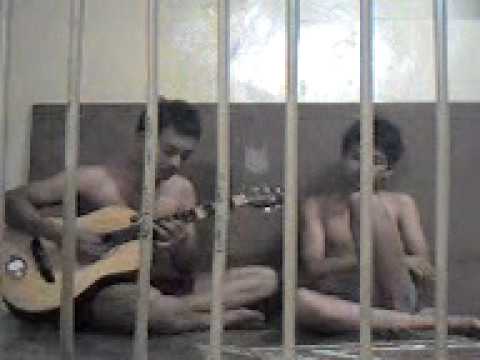
Click to watch two Malaysian prisoners sing the blues
Even Tan has seen his fair share of death inside prison:
“During my time inside I was fortunate to be an “orang kerja/trustee”. As an orang kerja I had some privileges that others don’t, most importantly being able to walk around the block. My job was to track and manage movements in and out of the block, and this included medicine and clinic visits. From my experience, rat urine is the most feared poison among inmates, and there were a few people who actually died from this.”
“It’s bad. Sometimes the toilets are so clogged that you can’t even pump them out with a plunger. You have to resort to sh*tting on the floor if this happens. The holes are so blocked with sh*t and maggots that most of it has gone hard. If you’re unlucky, you could get a tray with mould on it. Because of the poor hygiene conditions, rats and roaches make their homes everywhere. My God, the smell of the toilets… it will never leave you. The toilets were so bad that they couldn’t be saved with a flamethrower. But the prison is so full and underfunded that there’s not much that the prison staff can do about it either.” – Tan
“In planning the national budget, the government must now use the framework in a human rights-based approach… It must include a participatory process that the community or the stakeholders involved must be a key part of the process… There are small changes to the food quality where the daily food allocation for inmates is increased from RM8 to RM9 but beyond that, we are told that they have not obtained the funds requested.” – Jerald Joseph, SUHAKAM Commissioner after visiting the Ayer Molek police lockup
Which is essentially their way of saying…
Also consider the fact that the starting salary of a prison warden can be as low as
RM 827.94 a month, which is peanuts given the fact that most of these people have to
feed and raise their families. With such poor working conditions, low pay, and the fact that they have to deal with hardened criminals cooped up in overcrowded prison cells is it really any surprise when stress gets to them and stuff like
this happens?
To put the overcrowding situation into perspective, take note that while the prison’s maximum capacity is 3,000, there are often times when it holds up to
6,000 inmates at a time! That’s over
100% over limit (!), and, as you’d expect, not a nice spot to be in if you’ve been accused and remanded. Throw in the occassional water cuts (#
SelangorProblems), and the whole block smells for days (cos, you know,
no water = no wiping your bum after go-time).
But hey, being close to your fellow inmates is important, because…
6. Being naughty in prison is a team effort

Not in Malaysia. Sorry to burst your bubble. Screencap from YouTube.
I’m talking about the naughty stuff. Namely, contraband items, and the interactions between inmates to obtain them. Not everyone who possesses drugs/tobacco in prison is a consumer. Whether you smoke or not, it’s important to have some of these things because they are prisoners’s unofficial form of currency.
That’s right, you can actually illegally trade with other inmates using drugs of all kinds as well as tobacco. Most of the time you can trade one ‘smokable’ for another (i.e. heroin for weed), but more important is that you can use these things to purchase essential needs and services from other inmates, such as clothes, toothbrushes, towels, slippers, water-dippers… pretty much anything you can think of.
They even had their own codenames for all of this stuff:
- habuk (‘dust’) = tobacco
- katte (meaning unknown) = ganja/weed
- panas (‘hot’) = heroin
- sejuk (‘cold’) = ice/methamphetamine

Massage me for one balut? Image from wcmu.org
So the process is this: agree a price, pass him what you promised, and take what you were promised. But the trouble starts when people start cheating others of their stuff, either by not paying enough, or not paying at all. In which case, the matter is usually resolved by:

Screencapped from the PS4 game Uncharted 4: A Thief’s End.
And the best part is if you’re too scared to get your hands dirty, other inmates will usually help you deliver vigilante justice because no one likes a conman! This also applies if a penyu is refusing to give up your stuff, following which your geng will proceed to ‘pump’, which is forcibly trying to remove it either by shoving a small plastic bottle up their bum (this activates the bowels), or making them ingest soap water to induce stomach ache. Now that’s teamwork!
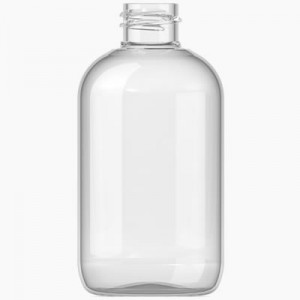
“Look away, kids!” Image from naturallythinking.com
And it’s kinda a weird opposite economy in prison, cos not everyone gets nice family members to visit them. They use the contraband, to purchase everyday items like t-shirts, toothbrushes, soap, and even foodstuffs like instant noodles are, though obtainable legally, difficult to get because you can only get them when your relatives/friends visit you and leave you some cash to buy these from the prison convenience store.
To end, I’ll leave you with a statistic that will get you thinking hard about our prison remand system, and that’s…
25 – 37% of our prisoners are… innocent?!
According to
World Prison Brief, in 2015 there was a total of
51,602 prisoners in Malaysian prisons,
25.8% of which (
13,000) are
remand/pre-trial prisoners.
Although there seems to be no quick-fix solution in sight, the first thing that can be done is to take a serious look into the Malaysian prison system and revamp it so that we can start taking care of people better, even if they are criminals. I’m talking major repair efforts, a better healthcare system, a safer and cleaner working environment for prison employees, and, as a result, happier inmates, because they won’t have to swim in their own poo all the time.
Also, the remand system could be reworked so that the
detention periods of OKTs are shortened, or perhaps even done away altogether before they are sentenced, because after all, as mentioned earlier, a person should be
presumed innocent before proven guilty, right? Because no matter how big the crime (even if they DID do it), the remand is truly something
exceptionally brutal for any human being to have to go through. As our favourite pony-tailed lawyer
Fahri Azzat once said:
“It is a fundamental principle of criminal law that a person is presumed innocent until proven guilty… Until he is convicted, you cannot call him a criminal. It follows that you cannot or, more accurately, should not treat him like a criminal… I confess I have never been in remand. But from what I understand and have heard – it is a miserable, depressing and inhumane place.”











